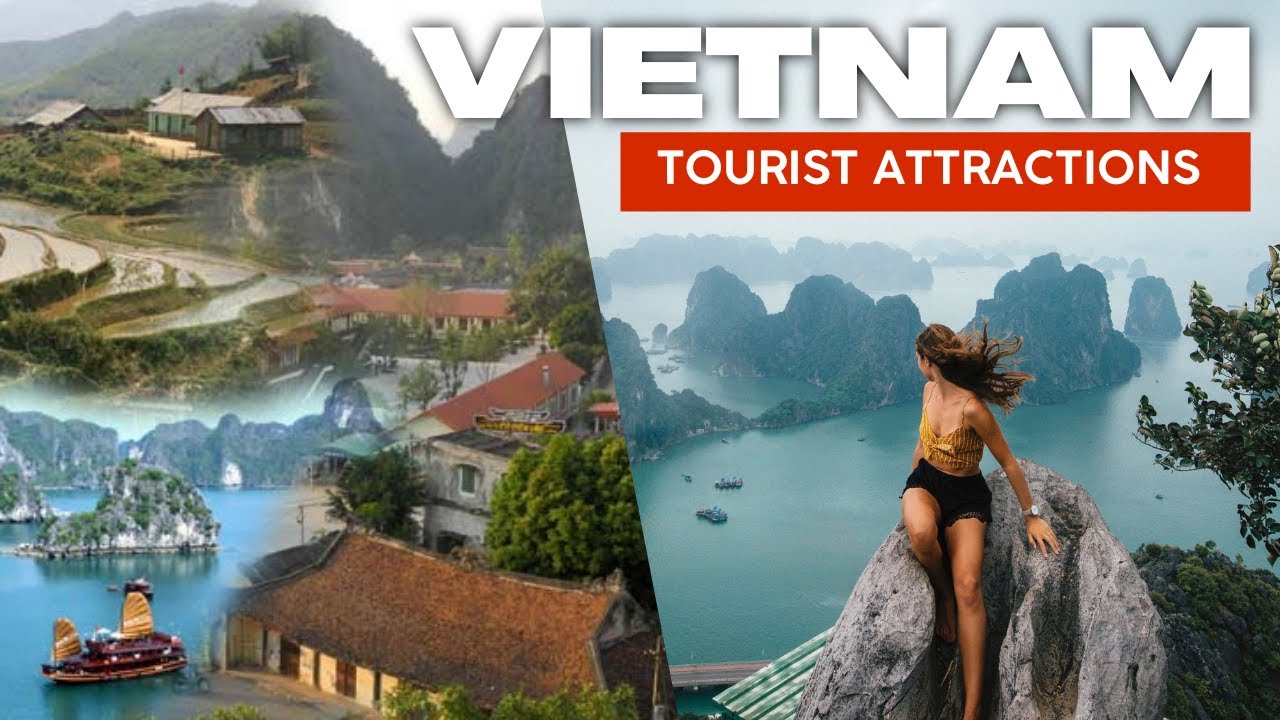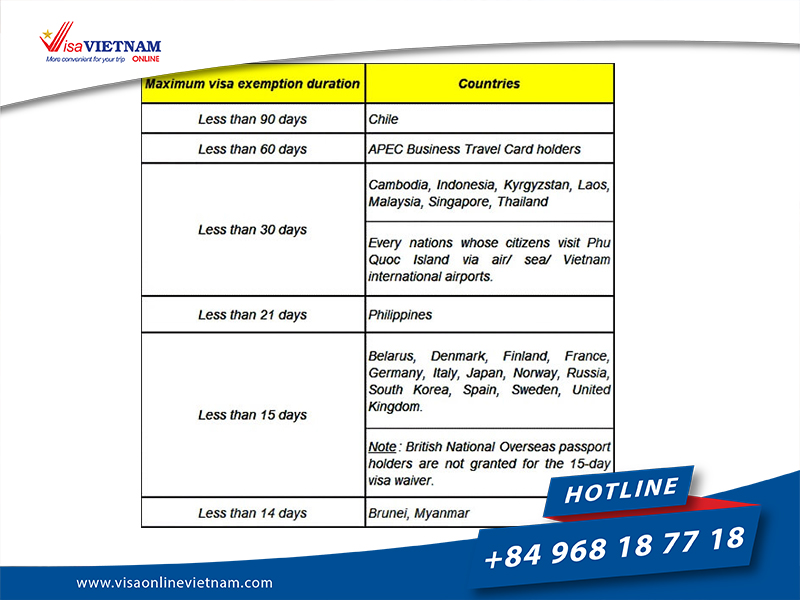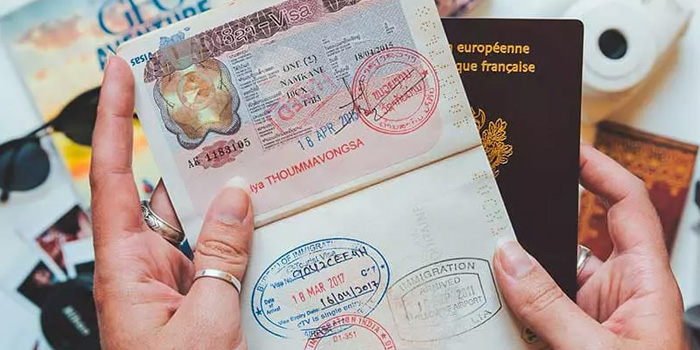
When planning a trip to Vietnam, one of the most crucial aspects to consider is the Vietnam visa fees for Indian travelers. Understanding these fees can help you budget your trip effectively and avoid any surprises at the time of application. In this article, we’ll delve deep into the various aspects of visa fees for Indian passport holders traveling to Vietnam, including different types of visas and their respective costs.
Vietnam visa fees for indian

Understanding the Vietnam visa fees for Indian travelers is essential before embarking on your journey. The visa process can be a bit daunting due to varying fees based on the type of visa, processing time, and other factors. Let’s break down what you need to know.
The costs involved in obtaining a visa depend primarily on the type of visa you choose. While there are multiple types of visas available, the most common ones for Indian tourists are tourist visas and business visas. It’s also worth noting that the fees can vary depending on whether you apply through the Vietnamese embassy or opt for an online visa-on-arrival service.
Types of Visas Available
When applying for a visa to Vietnam, it’s important to know the various options available:
Tourist Visa
- This is generally meant for short visits for tourism purposes.
Business Visa
- For those traveling for work-related activities, a business visa is required.
Transit Visa
- If you are just passing through Vietnam on your way to another destination, a transit visa may suffice.
Each type of visa comes with its own fee structure, so evaluating your travel purpose will help you decide which visa fits best.
Application Methods
There are primarily two ways to apply for a visa to Vietnam:
Applying at the Embassy
- This method often requires more time and involves submitting documents in person.
E-Visa or Visa on Arrival
- A more convenient option, especially for tourists, where you can apply online and get approval quickly.
Both methods have their advantages and disadvantages, but understanding the associated fees can lead to significant savings or additional costs.
Duration of Stay
The length of stay also plays a role in determining visa fees. Generally, shorter stays may incur lower costs, while longer durations can lead to higher fees. Additionally, if you require express processing to accommodate a sudden travel plan, be prepared for increased fees.
Vietnam visa for indians fees

Navigating through the Vietnam visa for Indians fees can be a bit confusing due to the variety of factors influencing them. However, a clear breakdown can simplify your understanding and help you make informed decisions.
Tourist Visa Fees
For Indian citizens, the tourist visa fees can vary based on the duration and application process. Typically, tourist visas are issued for:
Single Entry (30 days)
- This is the most common option for tourists who plan on exploring Vietnam without exiting the country.
Multiple Entry (30 days)
- Useful for those intending to visit neighboring countries during their stay.
Single Entry (3 months)
- Ideal for long-term tourists or expats.
Understanding these distinctions ensures you choose the right visa for your trip while being aware of the applicable fees.
Processing Time Considerations
When applying for a visa, the processing time may influence the overall cost. Standard processing usually incurs standard fees, while expedited processing could demand additional charges. Always check whether your travel dates allow sufficient time for regular processing or if you’ll need to pay extra for faster service.
Possible Additional Costs
In addition to the base visa fees, keep in mind that there can be other potential costs involved:
Service Charges
- Some agencies or online services may charge convenience fees.
Payment Process Fees
- These can arise if you use credit cards or specific payment platforms.
Understanding these potential extra costs could significantly affect your travel budget.
Vietnam visa on arrival for indian fees

One popular choice for Indian travelers is the Vietnam visa on arrival for Indian fees, particularly for those looking for a hassle-free entry. This approach allows visitors to obtain their visa after landing in Vietnam, making it significantly easier for many.
How It Works
The process for obtaining a visa on arrival is relatively straightforward. Here are the key steps:
Online Application
- First, you must fill out an application form online and pay a service fee.
Receive Approval Letter
- After processing, you’ll receive an approval letter via email.
Visa Collection at Airport
- Upon arrival in Vietnam, present your approval letter along with your passport and a photo to get your visa stamped.
This streamlined process has made the visa on arrival popular among travelers but understanding the fees is critical for budgeting.
Cost Breakdown
The fees associated with the visa on arrival are usually categorized into two parts:
Service Fee
- This is the amount you pay when applying online for the approval letter.
Stamping Fee
- This fee is paid at the airport upon arrival in Vietnam to actually obtain your visa.
It’s important to note that service fees can vary based on the agency you choose to apply with.
Processing Times and Flexibility
One of the benefits of the visa on arrival is flexibility. You can apply last minute and still manage to get the necessary visa. However, consider peak travel seasons, as processing times may take longer during busy periods.
Vietnam tourist visa fees for indian

Travelers seeking to explore Vietnam primarily for tourism purposes should familiarize themselves with the Vietnam tourist visa fees for Indians. Being aware of these fees can help you plan your budget effectively.
Tourist Visa Options
Indian travelers have several choices when it comes to tourist visas, each with unique characteristics:
Short-Term Single Entry
- Typically valid for 30 days, ideal for a brief vacation.
Long-Term Single Entry
- Extending up to three months, suitable for more extended explorations.
Multiple Entry Visa
- Allows travelers to exit and re-enter Vietnam multiple times within the validity period, accommodating those who want to explore surrounding countries.
Choosing between these options will impact your overall expenses.
Application Process
The application process for a tourist visa generally follows a similar pattern regardless of the method chosen:
Complete Application Form
- Fill out the required forms carefully without any mistakes.
Submit Necessary Documents
- Passports and photos are usually mandatory.
Pay Fees
- Be prepared to pay the applicable fees either online or in-person, depending on your chosen method.
Understanding the steps involved helps streamline the process.
Hidden Costs and Budgeting
While most fees are transparent, there can be hidden costs that catch travelers off guard. Always budget for:
Transportation to the Embassy or Consulate
- If applying in-person, transportation costs can add up.
Photograph Requirements
- Ensure you factor in the cost of obtaining passport-sized photographs, which are often needed for visa applications.
Being thorough in your budgeting approach will help avoid last-minute financial stress.
Vietnam visa fees in indian rupees

For Indian soldiers preparing for their journey to Vietnam, understanding Vietnam visa fees in Indian rupees adds even greater clarity to the monetary aspect of the visa application process. Knowing the conversion rates can simplify your budgeting.
Currency Conversion Rates
It’s important to keep a consistent eye on currency conversion rates to ensure you’re paying the correct amounts. As exchange rates fluctuate, keeping an updated tab can save you money.
Estimated Costs in INR
To provide a basic idea of the fees incurred, here’s a summarized table showcasing estimated costs:
| Visa Type | Approximate Fees in INR |
|---|---|
| Tourist Visa (Single) | ₹3,000 – ₹4,500 |
| Tourist Visa (Multiple) | ₹6,000 – ₹10,000 |
| Business Visa | ₹5,000 – ₹8,000 |
These values are approximate and can change based on the prevailing exchange rate and other factors.
Financial Planning
Financial planning becomes paramount when considering the visa fees. Taking into account your overall travel expenses, accommodation, food, and leisure activities will help you manage your finances better. Set aside a separate budget specifically for visa-related expenses, ensuring you’re covered well ahead of your departure date.
Vietnam on arrival visa fee for indian
A significant consideration for Indian travelers is the Vietnam on arrival visa fee for Indian nationals. Understanding this fee structure is essential for a smooth entry process into the country.
Two-Part Fee Structure
As previously mentioned, the on-arrival visa cost consists of two components:
Approval Letter Fee
- This fee is paid online when submitting your application for the visa.
Stamping Fee
- This is the amount you pay upon arrival in Vietnam to convert your approval letter into a visa.
Payment Methods
Payment methods can vary, impacting how much you might end up spending. Whether you pay via credit card or bank transfer can influence the final sum due to conversion fees. Check with your chosen service provider on accepted payment methods and any related charges.
Pros and Cons
Even though the visa on arrival process is convenient, it’s essential to weigh its pros and cons:
Pros
- Quick and easy application process.
- Flexibility in planning trips.
Cons
- Requires cash payments at the airport.
- May not be suitable for all travelers, especially those arriving outside regular hours.
Making an informed decision about the visa type can enhance your travel experience considerably.
Vietnam visa fees for indian passport
The Vietnam visa fees for Indian passport holders can be influenced by various factors such as application method, visa type, and duration of stay. An understanding of these nuances will prepare travelers for their journey.
Different Categories of Passports
While the primary fee structure remains the same, it’s useful to understand how different passport categories might affect the process. Regular Indian passports generally follow the standard fee guidelines, while special categories (e.g., diplomatic passports) may differ.
Impact on Traveling Experience
Having a clear grasp of the visa fees can significantly impact the traveling experience. Adequate preparation ensures you handle all financial obligations smoothly, allowing you to focus on the experiences awaiting you in Vietnam.
Tracking Changes Over Time
Visa fees can change over time due to bilateral agreements or changes in immigration policies. Keeping track of these updates can save you from unforeseen costs when planning future trips.
Vietnam visa fees for indian passport holders
The Vietnam visa fees for Indian passport holders encompass a range of factors, and gaining a comprehensive understanding of these facets aids in effective travel planning.
Common Misconceptions
Many travelers fall prey to misconceptions surrounding visa fees, believing that all fees are fixed. In reality, factors like application timing, processing speed, and payment method can lead to variable costs.
The Importance of Research
Conducting thorough research before applying for a visa can make a significant difference in experience. Engaging with forums, reviewing blogs, and consulting with fellow travelers can yield valuable insights into minimizing costs and avoiding common pitfalls.
Planning for Future Travels
Whether traveling for leisure or business, always keep future travels in mind when considering visa fees. Building a basic knowledge base now can pave the way for seamless travels down the line.
Vietnam visa for indian fee
The Vietnam visa for Indian fee is a topic that every traveler must understand thoroughly to ensure a smooth journey. Here’s how to navigate through the fee landscape effectively.
Comparing Different Types of Visas
Understanding how fees vary between tourist and business visas is vital:
Tourist Visa
- Primarily focused on leisure and tourism purposes, these visas often come with lower fees.
Business Visa
- Slightly higher fees may apply, reflecting the nature of the visit.
Staying Updated with Policy Changes
Regular updates from official sources regarding visa policies and fees can help avoid unexpected expenses. The Vietnamese government occasionally revises visa requirements, and staying informed ensures you won’t face unwelcome surprises.
Final Thoughts on Visa Fees
As you prepare for your upcoming trip to Vietnam, keep in mind that knowing the visa fees is only part of the journey. Comprehensive research and an adaptable mindset can contribute significantly to hassle-free travel experiences.
FAQs
What is the average Vietnam visa fee for Indian travelers?
The average Vietnam visa fee for Indian travelers varies depending on the type of visa but generally ranges between ₹3,000 to ₹10,000.
Is the visa on arrival option available for Indian passport holders?
Yes, Indian passport holders can avail of the visa on arrival option, provided they apply for an approval letter beforehand.
Are there additional fees when applying for a Vietnam visa?
Yes, be aware of potential additional fees, including service charges, processing fees, and photography costs.
How long does it typically take to process a Vietnam visa?
Processing times vary, but standard processing usually takes around 3-5 business days, while expedited services can shorten this time.
Can I extend my Vietnam visa once I’m in the country?
Yes, it is possible to extend your visa while in Vietnam. However, it’s best to consult local authorities or agencies to understand the procedure and fees involved.
Conclusion
Understanding the intricacies of Vietnam visa fees for Indian travelers is essential for planning a successful trip. With various visa types available, alongside associated fees, taking the time to research and familiarize oneself with these elements can lead to a smoother travel experience. From the application processes to potential additional costs, having a firm grasp of the entire scope will ensure you enjoy all the wonders Vietnam offers without unnecessary financial surprises.

Leave a Reply